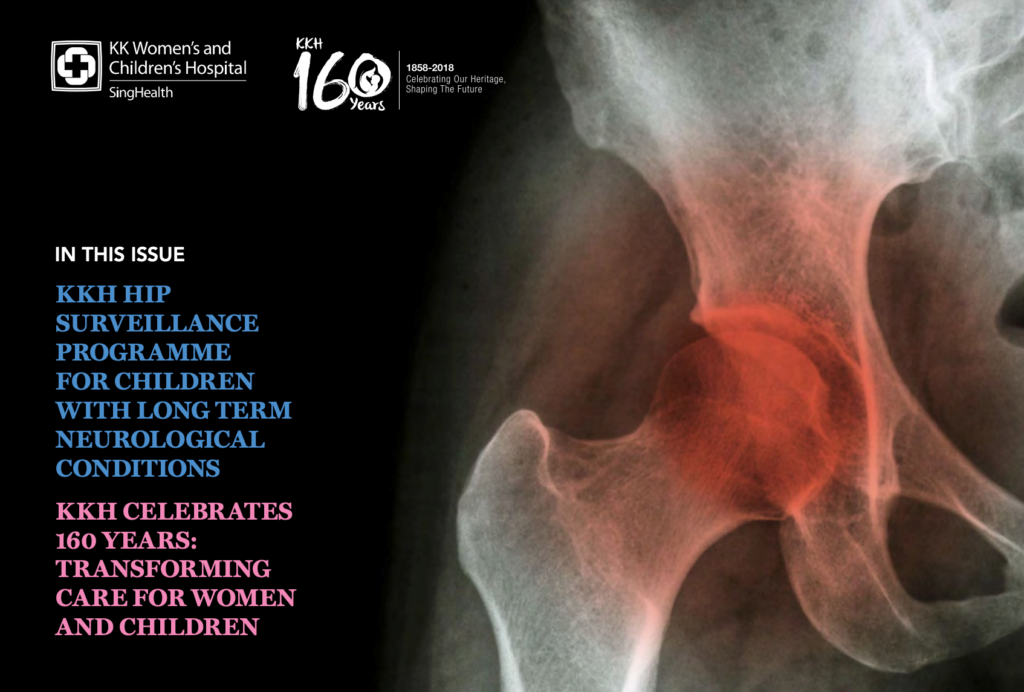Long term neurological conditions (LTNC) comprise a diverse set of conditions resulting from disease or injury of the nervous system which affects an individual for life. These can include acquired brain or spinal cord injuries, neurogenetic/chromosomal or metabolic disorders, and genetic, muscular and neurodegenerative conditions such as cerebral palsy, epilepsy and scoliosis.
Children with LTNC are often affected by secondary musculoskeletal problems 1 such as limb stiffness and weakness, spasticity, hypotonia, dystonia, pain and discomfort. The hip is a commonly reported site of pain 2-4; 26 to 35 per cent of young patients with cerebral palsy are affected by hip displacement 1,5-7 which can cause significant pain. Pain in the hip has also been associated with a lower health-related quality of life 8,9.





